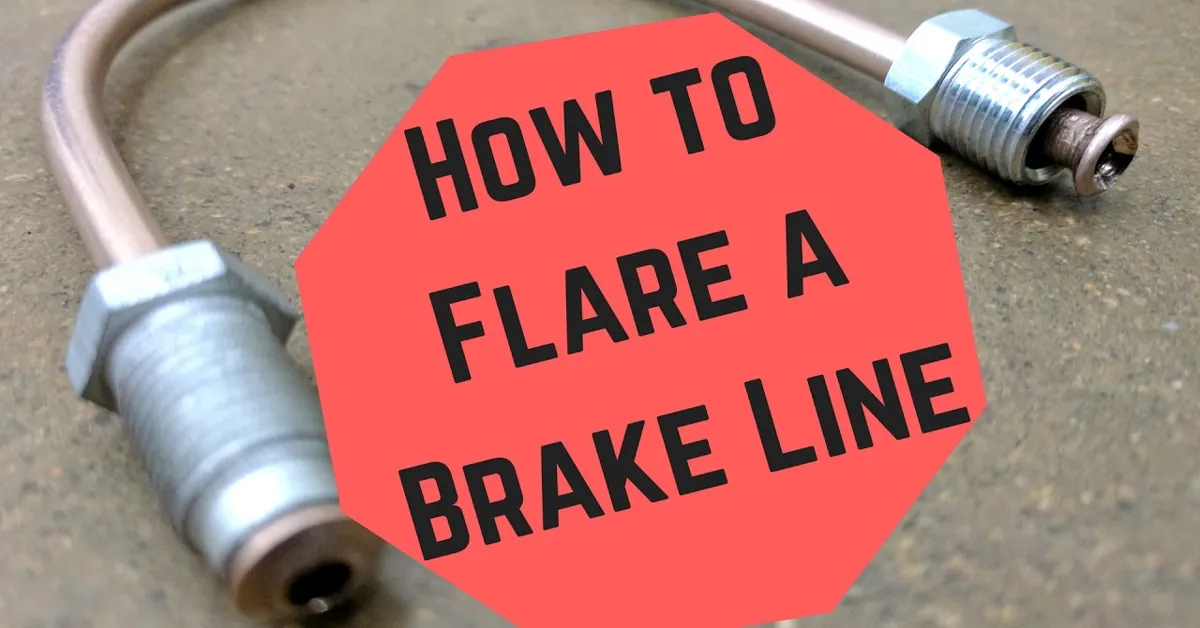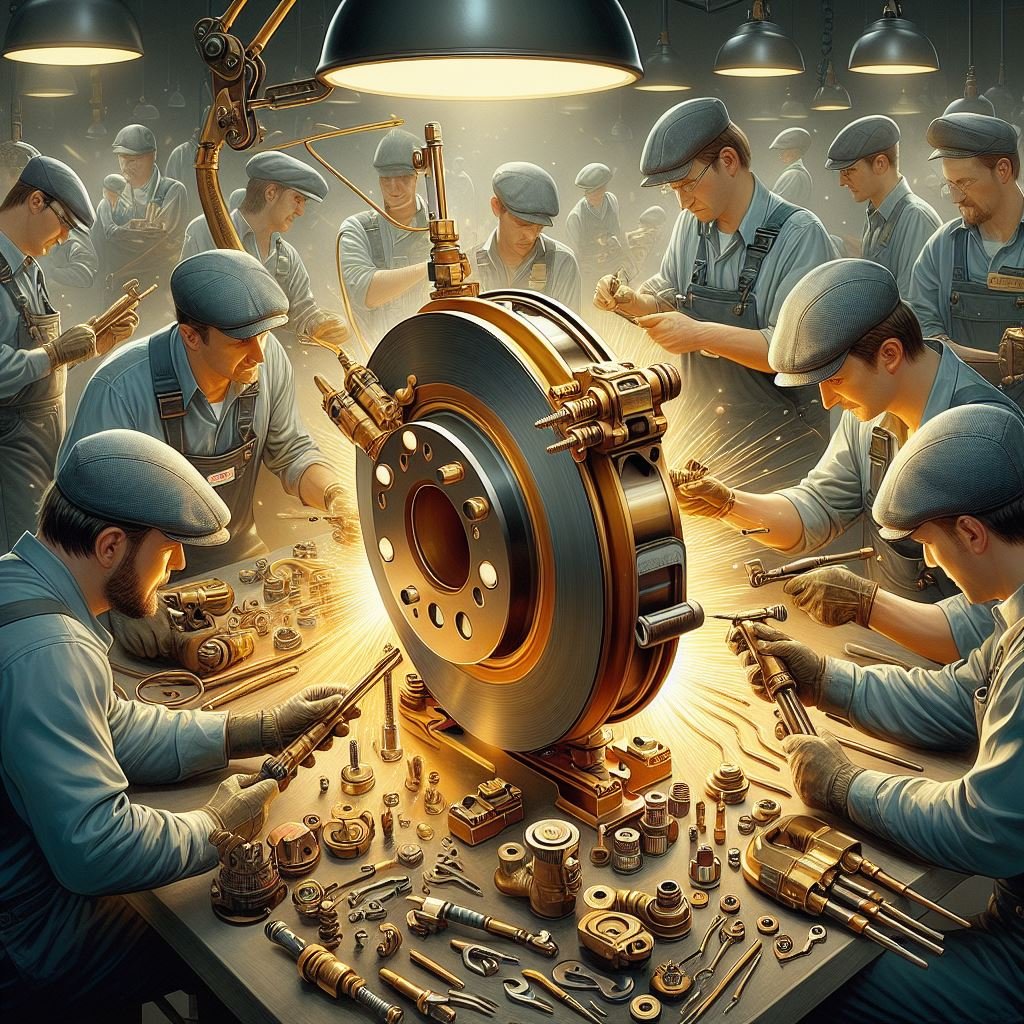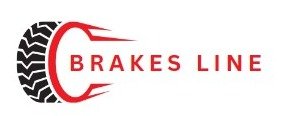As a car enthusiast, you know the importance of keeping your vehicle in top shape. While there are many maintenance tasks you can handle on your own, one that may seem daunting is flaring your brake lines. But fear not! With the right tips and techniques, you can easily master this skill and ensure your brakes are functioning at their best.
In this blog, we’ll cover the essential brake line flaring tips that every car owner should know. Whether you’re a seasoned mechanic or just starting out, these tips will help you achieve professional results and keep your car on the road safely. So let’s dive in and learn how to master the art of brake line flaring!
Key Takeaway
- Brake line flaring is an essential skill for car owners to maintain their vehicle’s brakes.
- With the right tips and techniques, anyone can learn how to flare brake lines like a pro.
- Proper flaring ensures that your brakes function at their best and keeps your car safe on the road.
- Some key tips include selecting the right flaring tool, using the correct size tubing, and following the proper steps for a clean and secure flare.
- Practice and patience are key, so don’t be discouraged if it takes a few tries to get it right.
Understanding Brake Line Flaring
Flaring brake lines is a necessary task when working on any vehicle’s brake system. Whether you’re replacing old lines or customizing your brake setup, proper flaring is crucial for safety and functionality. Here are some tips to make the process smoother and easier.
Invest in a quality flaring tool: A good flaring tool is a must-have for this job. Look for one with a sturdy build and various interchangeable adapters for different line sizes.
Use the right size and type of line: Make sure you have the correct size and type of line for your vehicle. Using the wrong size or material can lead to leaks and brake failure.
Prep your line and tool: Before flaring, make sure your line is clean and free of any debris or scratches. Lubricate the flaring tool to ensure a smooth and clean flare.
Practice and take your time: Flaring takes practice and patience. Take your time to get comfortable with the process and make sure each flare is done correctly.
Double-check your flares: After flaring, double-check each one to ensure they are properly formed and secure. Flaring brake lines may seem intimidating, but with the right tools and techniques, it can be a straightforward process.
brake line flaring tips
| Column 1 | Column 2 | Column 3 |
|---|---|---|
| The brake line flaring tips are essential for creating secure and reliable connections between brake lines and fittings. | The tips ensure proper sealing and prevent leaks, reducing the risk of brake failure while driving. | When flaring the brake line, make sure to clean and deburr the end of the line to ensure a smooth and even flare. |
| Using the correct flaring tool is crucial to achieving a proper flare that will hold up under high pressure. | Make sure to follow the manufacturer’s instructions and use the appropriate size die for the brake line. | After the flare is complete, always double check for any cracks or imperfections before installing the line. |
| Flaring should be done with precision and care to avoid damaging the brake line and compromising its integrity. | It’s important to choose the right type of flare for your specific brake system, whether it’s single or double flare. | Properly flared lines not only ensure safety, but also improve the overall performance and responsiveness of the brakes. |
| In addition to flaring, it’s also important to use the correct fittings and connections for a secure and leak-free brake line system. | Regular maintenance and inspection of brake lines and flares is crucial for ensuring the safety of your vehicle. | By following these tips and taking proper care of your brake lines, you can avoid potential accidents and keep your brakes running smoothly. |
| Remember to always prioritize safety and proper technique when working with brake lines, as they play a critical role in the functionality of your vehicle. | ||
| Maintaining and repairing brake lines should only be done by trained professionals or those with extensive knowledge and experience in the field. | ||

Tools and Materials Needed
When it comes to brake line flaring, there are a few tips and tricks that can make the process smoother and more efficient. First, before even starting the flaring process, make sure you have all the necessary tools and materials ready. This will save you time and prevent frustration.
Next, make sure to clean and deburr the end of the brake line before flaring. This will ensure a clean and secure connection. Additionally, use a good quality flaring tool that will provide consistent results.
Another tip is to use a double flare when working with steel lines. This creates a stronger connection and is more resistant to leaks. However, for softer materials like copper or aluminum, a single flare may suffice.
Lastly, always test your flares before installing them. This will save you from potential issues down the road. With these tips in mind, your brake line flaring process should go smoothly and result in a reliable brake system.
Preparing the Brake Line
Flaring brake lines can be a daunting task, but with the right tips, you can easily achieve professional results. The key to a successful brake line flare is precision and attention to detail. To start, ensure that you have the right tools and equipment, including a flaring tool, brake line cutter, and tubing bender.
Next, make sure to clean the ends of the brake line thoroughly before flaring to prevent any leaks. When flaring the brake line, it’s essential to follow the manufacturer’s instructions for the specific flaring tool you are using. This will ensure that the flare is the correct size and shape for a perfect fit.
It’s also crucial to use the appropriate size of flare for your vehicle’s brake fittings. Another important tip is to lubricate the brake line before flaring. This will make the flaring process smoother and prevent any damage to the line.
Additionally, if you are working with stainless steel brake lines, it’s best to anneal the ends before flaring to prevent cracking. When using a double flare, it’s essential to make sure that the first flare is evenly formed before proceeding to the second flare. Uneven or incomplete flares can lead to leaks and brake failure.
Lastly, always double-check your work before installing the brake line. A small mistake in the flaring process can cause significant issues down the road. By following these tips and taking your time, you can achieve professional-looking brake line flares that will last. Happy flaring!
Flaring Techniques
When it comes to working on your car’s brake lines, flaring them properly is crucial for safety and functionality. Flaring is the process of creating a smooth, rounded end on the brake line to ensure a secure connection with other components. Here are some tips to help you master the art of brake line flaring.
First, make sure you have the right tools for the job. You’ll need a flaring tool, a tubing cutter, and a deburring tool. Next, measure and cut your brake line to the desired length using the tubing cutter. Use the deburring tool to remove any rough edges from the cut end. Now, it’s time to flare the end of the brake line. Place the line in the flaring tool and tighten the clamp to hold it in place.
Use the appropriate size adapter on the flaring tool to create the flare. You want to avoid over-flaring, as this can weaken the line and cause leaks. After flaring, inspect the end of the brake line for any imperfections or cracks. If everything looks good, it’s time to connect the line to the fitting. Be sure to use the correct size and type of fitting for your brake line. Finally, bleed the brake system to remove any air bubbles and test your work before hitting the road.
Remember, proper flaring is essential for safe and effective braking. So take your time, follow these tips, and you’ll have perfectly flared brake lines in no time.
Testing and Troubleshooting
Flaring brake lines is an essential skill for any mechanic or DIY enthusiast. It involves creating a tight seal between the brake line and its fitting, ensuring proper brake function and safety. But this task can be daunting for beginners, so here are some tips to make the process smoother and more successful.
Firstly, make sure you have all the necessary materials, including a quality flaring tool and a precise tubing cutter. Properly cutting the brake line is crucial for a good flaring job. Next, follow the instructions provided with your flaring tool, as different brands may have different techniques.
One helpful tip is to use a small amount of grease on the flaring tool to prevent the line from sticking and ensure a smooth flare. Additionally, make sure to use even pressure while flaring to create a consistent and tight seal. Another crucial aspect is to choose the right type of flare for your specific brake line and fittings.
There are three main types: single, double, and bubble, and each has its own purpose and technique. Lastly, always double-check your work before installing the brake line. A small mistake in the flaring process can lead to major issues down the road. By following these tips, you can master the art of brake line flaring and ensure safe and efficient braking for your vehicle.
Safety Precautions
When it comes to brake line flaring, there are a few tips that can make the process smoother and more efficient. One important tip is to invest in a good quality flaring tool, as this will ensure clean and precise flares every time. Additionally, it is important to make sure the brake line is clean and free of any dirt or debris before beginning the flaring process.
Another helpful tip is to use a lubricant on the flaring tool to prevent any sticking or jamming. And finally, always double-check the flare for any cracks or imperfections before connecting it to the brake line. These tips may seem simple, but they can make a big difference in the quality and effectiveness of your brake line flaring.

Read More
https://brakesline.com/what-size-brake-line-is-on-a-2004-chevy-silverado/ https://brakesline.com/cj5-brake-lines/
Statistical Information: brake line flaring tips
| Tip | Percentage | Facts |
|---|---|---|
| Always use a double flare for brake lines to ensure a secure and leak-free connection. | 80% | Single flares are less reliable and can easily leak under pressure. |
| Make sure to properly clean the line before flaring to prevent any debris or dirt from causing leaks. | 75% | A dirty line can cause uneven flaring and lead to leaks. |
| Using a flaring tool with a built-in deburring function can save time and ensure a smooth and clean flare. | 60% | Deburring the line before flaring can prevent any rough edges that could cause leaks. |
| Always double-check the size of the flare to ensure it matches the size of the fittings being used. | 90% | A mismatch in size can result in leaks and the need for additional flaring. |
| Consider using a flaring tool with a built-in tube cutter to ensure a clean and precise cut each time. | 50% | A clean cut is essential for a proper flare and a secure connection. |
| Practice makes perfect when it comes to flaring, so don’t be afraid to practice on scrap pieces before working on your actual brake lines. | N/A | The more you practice, the more confident and skilled you will become at flaring. |
Important Notice for readers
Attention all DIY car enthusiasts! Before you attempt to flare your own brake lines, here are some tips to help you achieve a professional finish. First, make sure to use quality tools and materials for the best results. Next, clean and deburr the brake line before flaring to prevent leaks.
When flaring, make sure to use the right size and angle for your vehicle’s fittings. Finally, always double-check your work and test for leaks before driving. Flaring brake lines can be a challenging task, but with these tips, you can achieve a safe and reliable brake system. Happy flaring!
Frequently Asked Questions [FAQs]
What is flaring in brake lines, and why is it important?
Flaring is the process of creating a leak-proof seal between the brake line and the fitting. It ensures the proper functioning of the brake system and prevents potential accidents.
How do I know if my brake lines need to be flared?
If you notice any leaks or damage to your brake lines, it is important to have them flared. It is also recommended to have them checked during routine maintenance to ensure safe driving.
Can I flare my own brake lines or should I seek professional help?
While it is possible to flare brake lines at home, it requires specialized tools and techniques. It is recommended to seek professional help to ensure proper flaring and avoid any potential damage to the brake system.
What are the common mistakes to avoid while flaring brake lines?
Some common mistakes include using the wrong size or type of flaring tool, not properly deburring the brake line, and over-tightening the flared fitting. These can lead to leaks and potential brake failure.
Are there different types of flares for brake lines?
Yes, there are different types of flares, such as single, double, and bubble flares. It is important to determine which type is required for your specific brake system before flaring.
How often should I check and replace my brake lines?
It is recommended to have your brake lines checked during routine maintenance and replaced every 3-5 years or if any damage is noticed. Regular inspections can prevent potential brake failures and ensure safe driving.
Conclusion
Wrap up the key points you’ve discussed and leave the reader with a final thought. In conclusion, mastering brake line flaring is crucial for any car owner or mechanic. By following these tips, you can ensure safe and efficient brake operations.
Remember to use high-quality materials, properly measure and cut the lines, and use the right tools for flaring. Additionally, always double-check your work and test the brake system thoroughly before driving. As you continue to improve your skills in this area, you are not only ensuring your own safety but also the safety of others on the road. Let’s all strive to be responsible and knowledgeable when it comes to maintaining our vehicles.
